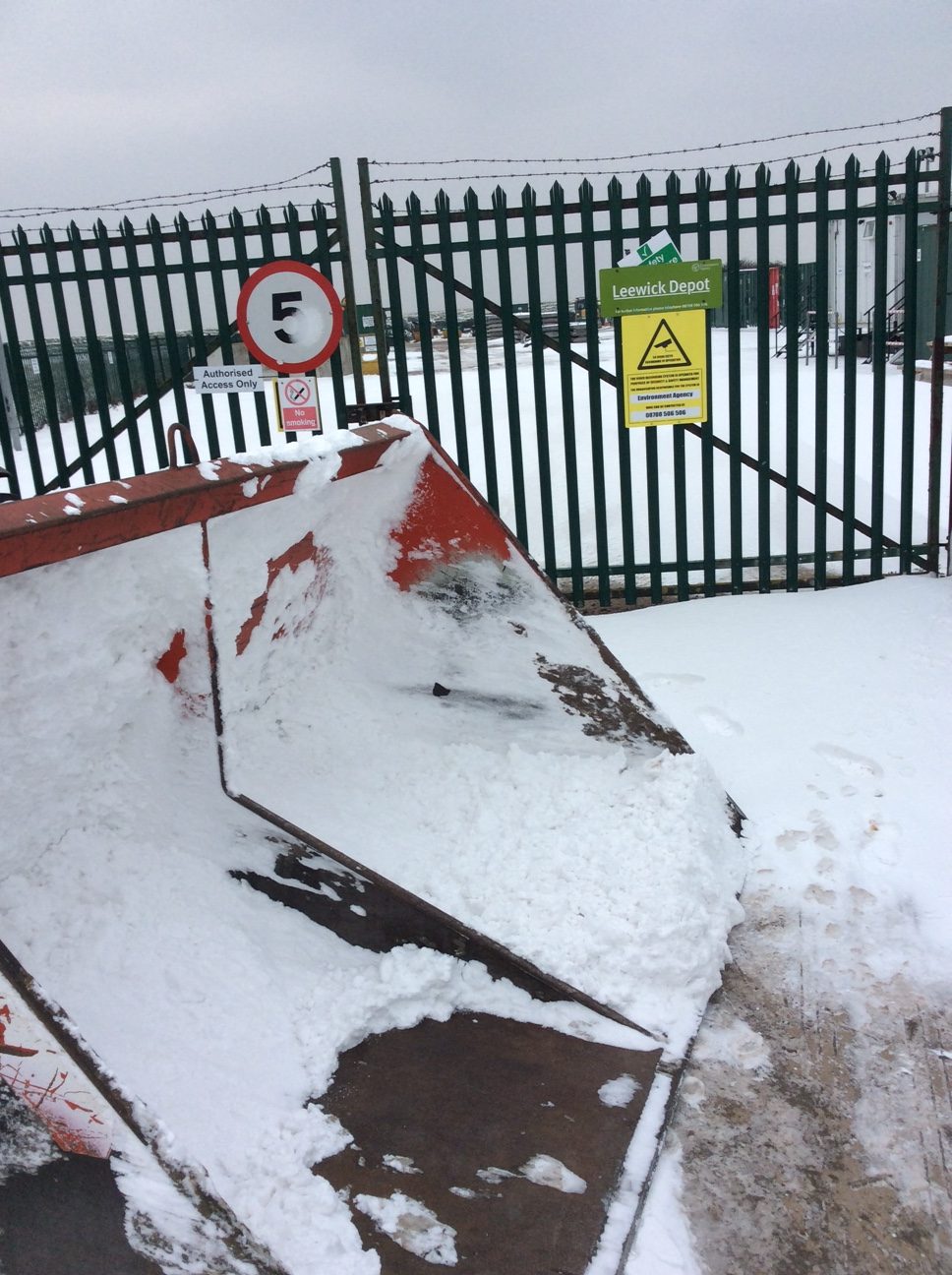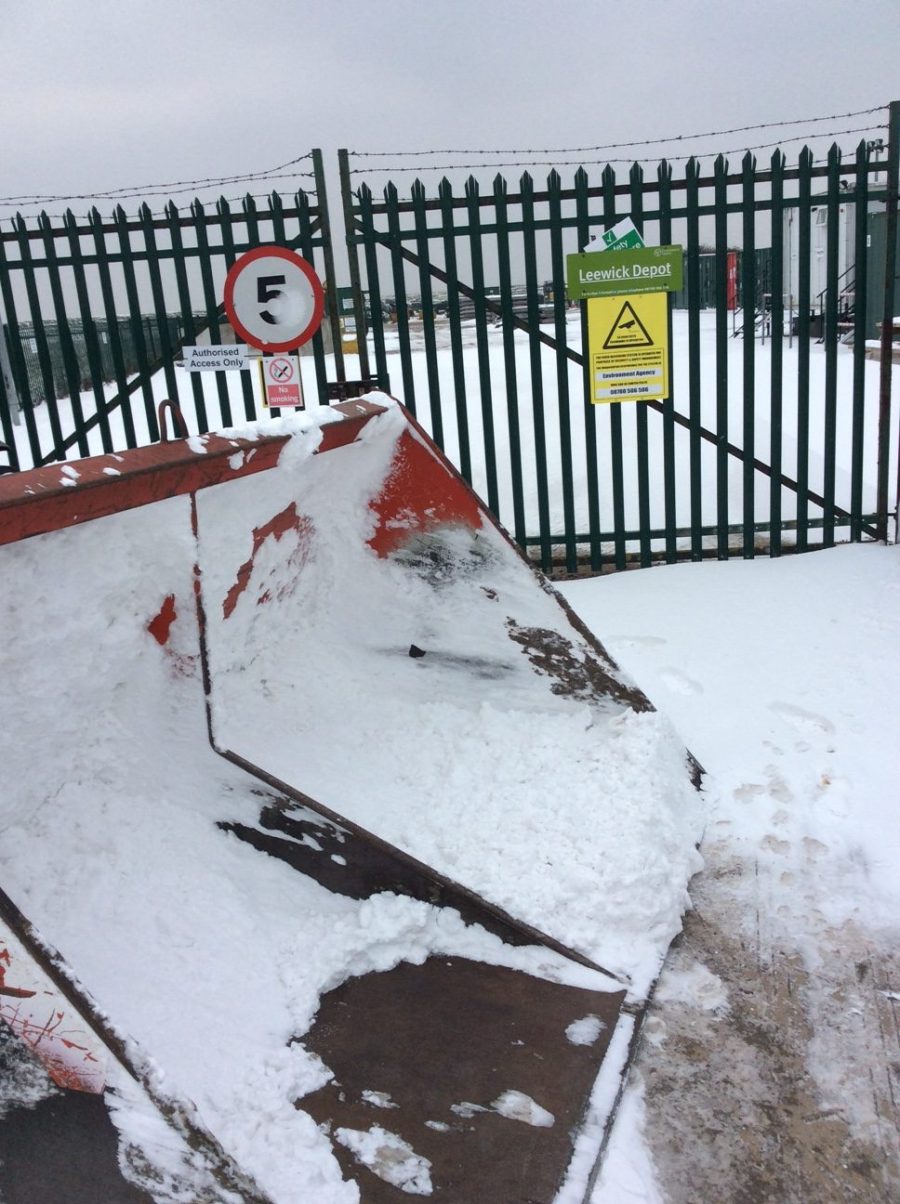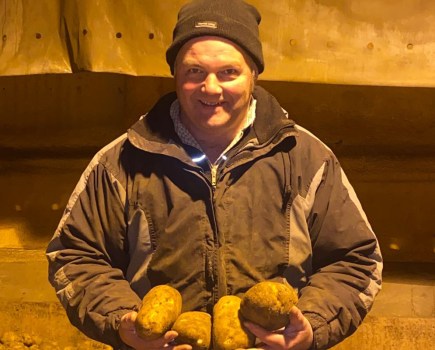
By Guy Smith
So Mr.Gove’s command paper is published and we are on the road to a new and, presumably, very different agricultural policy to enjoy, or endure, for years to come.
The document is wide ranging and thin in detail. In my view there are some good ideas in there on productivity and achieving better functionality in the food chain. It’s now the job of the industry to pick out the bits we do like and talk them up.
But I’m not the only one who has doubts about the general tone and thrust. The vision seems backed by the general notion that the current CAP is very very bad and has done untold environmental damage. Consequently, the main policy shift proposed is to move away from the corner stone of the CAP, that being support payments, and instead pay farmers to deliver environmental goods. The fundamental question this raises is where does that leave food production?
I suspect I’m not the only one to start playing around with projected cash-flows on spreadsheets taking all or some of the BPS out of the equation. With commodity prices where they are now it looks a bit grim unless I put in yields that we see in the better yielding harvests along with commodity prices when these are relatively firm. But this is the crux of the problem that politicians and the command paper struggle to comprehend. Farming is inherently speculative. We put a seed in the ground with at best a guess at what it will ultimately produce months later or what that produce is worth.
And this in turn brings us to the reason why governments across the globe support farmers from the public purse – it’s because it keeps them in the game. It’s not unlike a casino giving its punters a few free chips – it keeps the roulette wheel turning. Governments help farmers mitigate the risk so they will keep taking the risk. If we decide the risk isn’t worth it then the risk shifts to the non-farming public because their food supply is jeopardised. In the western world one farmer feeds a hundred others. So you could argue it’s in the interest of the hundred others to make sure the one farmer isn’t walking away from the job because he or she thinks it’s not worth the risk.
Which brings me back to direct payments and their proposed demise. I tend to agree with Mr Gove that paying landowners on the basis they own land makes little sense. But he needs to remember why the CAP ended up being based on such a crude system. The CAP used to be far more complicated and sophisticated. It was based on market interfering mechanisms that guaranteed prices for farmers. In this respect it was a better system in that it targeted the active farmer who was the risk taker. But in its operation it had two fundamental problems with a volatile budget and delivery. Consequently the CAP was altered in the 1990s to become the crude area-based system we have today.
What we now need to do is to challenge Mr Gove with the task of targeting support to the active farmer rather than just the landowner. The first challenge here will be identifying who and where the active farmers are. The second challenge will be administrating it. One thing is for sure, as we respond to the command paper there is much to do and much to think about.

The snows that blew into north east Essex courtesy of the beast from the east brought a note of sweet irony. On the edge of our farm there is a mile-long private road which leads to a small residential community and an Environment Agency depot wherein lies a lot of kit needed when we have extreme weather. I had no issue clearing the road with the Manitou to relieve the residents so they could get in and out. But it also occurred I was helping out the EA who are an agency of Defra just as are the RPA. But seeing as my BPS cheque helps pay for the loader I won’t be charging – they’re welcome.




